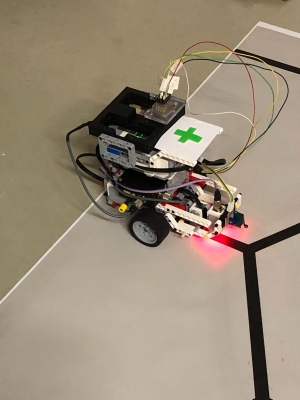
Psychologists often employ mazes in their laboratories to test the learning capacity of the subject of their experiments, most commonly rats or mice. A group of researchers have extended the set-up to a robot, which has successfully learnt to navigate the twists and turns of a maze on its own. The results of the study, published earlier in December 2021 in Science Advances, could pave the way to applications of neuromorphic (circuits that mimic neuro-biological architecture present in the nervous system) devices in the field of health and beyond. While machine learning and neural networks have been a rage in recent times owing to the success they have enjoyed in a variety of fields, a software-based approach does have its own drawbacks, including increased power consumption.
Learning from our brain
In an effort to develop energy-efficient solutions, scientists and researchers are turning to the human brain. This is because our brains are thinking machines that are almost unrivalled in low power consumption, achieved by how it combines memory and processing.
Researchers at the Eindhoven University of Technology in the Netherlands and the Max Planck Institute for Polymer Research in Germany have taken a first step in that direction by equipping a robot with a human-like brain. The arrangement has enabled the robot to learn how to manoeuvre a maze on its own.
The robot used for the research is a Mindstorms EV3, a robotics kit made by Lego. Equipped with wheels, sensors, and some traditional software as well, the robot was sent into a two sq mt maze made out of black-lined hexagons in a honeycomb-like pattern.
Right or left?
Programmed to turn right by default, the robot learns its designated path to the exit using visual cues that make it turn left. The robot remembers the corrective stimulus in the neuromorphic device during the next effort.
The robot took 16 attempts to find the exit successfully. The knowledge acquired about the maze is generalisable, meaning it can navigate any other path that it is given in one go once it has learnt to move this specific route.
The robot’s ability to navigate the maze is a success story for the unique integration of sensors and motors and the organic polymer material employed. The potential of these smart devices is huge and we could be on the cusp of something big in neuromorphic devices.
Picture Credit : Google




